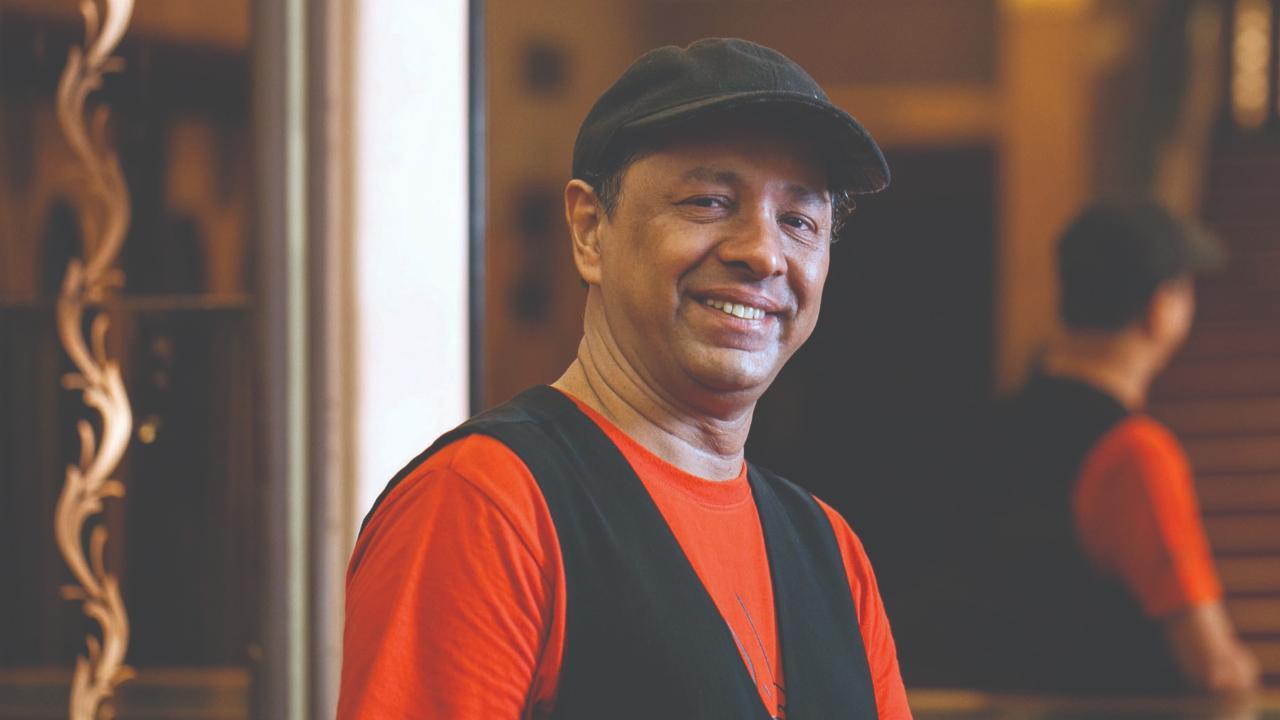'LGBTQIA+ filmmakers & storytellers should get a chance to tell their stories'
Updated On: 27 August, 2024 04:25 PM IST | Mumbai | Maitrai Agarwal
The 15th edition of the Kashish Pride Film Festival screened 133 films from 46 countries in Mumbai in May. Sridhar Rangayan, director of the festival, dwells on his creative journey, challenges faced by LGBTQIA+ filmmakers, the evolution of queer representation and narratives in cinema, and more

Sridhar Rangayan
A filmmaker, writer, and activist, Sridhar Rangayan dons many hats. His pioneering work, ‘The Pink Mirror’ and ‘Yours Emotionally’ broke ground with their realistic and sympathetic portrayal of the LGBTQIA+ experience in a country where homosexuality remains a social hurdle.
A founding member and trustee of The Humsafar Trust, Rangayan has contributed to shaping public discourse and awareness around LGBTQIA+ rights for decades. He even designed and edited India`s first gay magazine, Bombay Dost, amplifying marginalised voices. But, perhaps his most impactful role is as the founder and director of the Kashish Pride Film Festival (previously known as Kashish Mumbai International Queer Film Festival). Established over a decade ago, Kashish has blossomed into South Asia`s biggest LGBTQIA+ film festival, providing a crucial platform for diverse queer narratives. The 15th edition of Kashish Pride Film Festival screened 133 films from 46 countries in Mumbai last month where Indian transgender and non-binary filmmakers and actors won several awards for their films.




